3 Habanero Pepper Alternatives That Still Bring Heat
Habanero peppers bring intense heat and fruity flavor to many spicy dishes, but their fiery nature can be overwhelming or unavailable.
When habaneros aren’t an option, several peppers offer milder heat with similar flavor profiles.
Scotch bonnet peppers are a close relative, offering comparable heat and sweetness.
Alternatively, jalapeños or serranos provide moderate heat levels with less intensity.
Adjusting quantities and blending peppers can help mimic habanero’s distinctive punch.
These substitutes allow you to maintain spice and character in your recipes without overpowering heat.
Explore the best habanero replacements for balanced, flavorful heat.
Fiery and Flavorful Habanero Pepper Substitutes
Fiery heat and bright flavor are possible with habanero pepper substitutes, many adding fruity undertones. Spice level stays bold and satisfying. Various choices could work for your next dish.
Scotch Bonnet Pepper
Scotch bonnet peppers make excellent substitutes for habaneros due to their nearly identical heat profiles, ranging from 100,000 to 325,000 Scoville units.
These pepper twins share a similar appearance, though Scotch bonnets have a slightly squashed shape compared to their habanero cousins.
The main distinction lies in flavor, as Scotch bonnets offer a sweeter, more tropical taste thanks to their Caribbean heritage.
Many chefs actually prefer this subtle difference when preparing certain dishes that benefit from fruity notes.
Adjusting quantities slightly when substituting can help balance the increased sweetness for recipes specifically designed for habaneros.
Jalapenos Or Serranos
When looking for a pepper substitute, jalapenos are commonly found in supermarkets, making them a convenient choice despite not being ideal replacements.
These peppers, along with serranos, offer a milder heat level and grassier flavor profile compared to fruitier varieties, which might affect your dish's intended taste.
Doubling the amount can help increase the spiciness when using these milder alternatives, though the final flavor profile won't perfectly match your original recipe.
Many people turn to these options in emergency situations when specialty peppers aren't available.
Such substitutions may not create the authentic experience you're aiming for, but they can save your dish when you're in a bind.
Ocotillo Pepper
Rocotillo peppers offer a milder but fruitier alternative to the fiery habanero, making them perfect for anyone seeking tropical flavor without intense heat.
These peppers sit just above poblanos on the spiciness scale while maintaining the distinctive fruity profile that habanero lovers appreciate.
Most supermarkets don't carry rocotillos, so your best bet is checking specialty stores in neighborhoods with Puerto Rican communities.
For recipes that call for habaneros, rocotillos work wonderfully when you want to tone down the heat while preserving those delicious fruity notes.
How To Adjust Spice Levels When Swapping Habaneros For Other Chilies?
Habaneros are known for their intense heat and fruity flavor, so swapping them requires careful adjustment to maintain the desired spice level without overpowering your dish.
When replacing habaneros with milder chilies like jalapeños or serranos, you may need to increase the quantity or add a pinch of cayenne or chili flakes to compensate for the heat difference.
Conversely, if using hotter peppers, reduce the amount to avoid overwhelming spice. Always start with less than you think you need and gradually add more while tasting to find the perfect balance.
What To Consider When Replacing Habaneros In Fresh Salsas Or Hot Sauces?
Fresh salsas and hot sauces highlight the vibrant, fresh qualities of habaneros, so substitutes should preserve both heat and flavor brightness. Choose chilies with a similar fruity or citrusy note, like Scotch bonnets or some varieties of Thai chilies, to keep the intended flavor profile. Texture is also important; fresh peppers add crunch and moisture, so using dried or powdered substitutes may alter consistency. Additionally, consider the heat’s impact on overall balance—too much or too little can shift the salsa or sauce’s character dramatically.
Is Color An Important Factor When Selecting A Habanero Alternative?
Color can influence both the visual appeal and subtle flavor nuances of your dish. Habaneros come in vibrant oranges, reds, and yellows, which add a bright, appetizing look especially important in fresh salsas and sauces.
Choosing a substitute with a similar color can help maintain the dish’s aesthetic and perceived freshness. While color doesn’t affect heat directly, it often correlates with ripeness and flavor intensity, so matching the color can also help preserve flavor harmony.

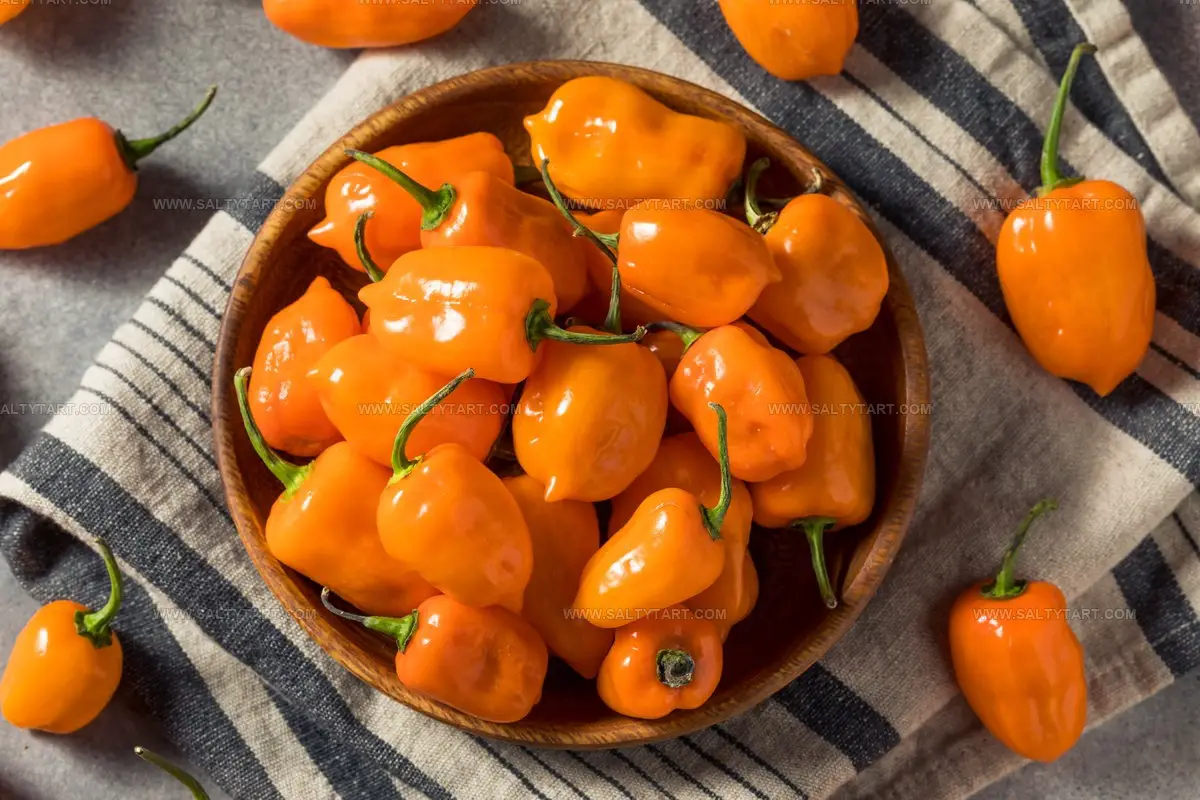
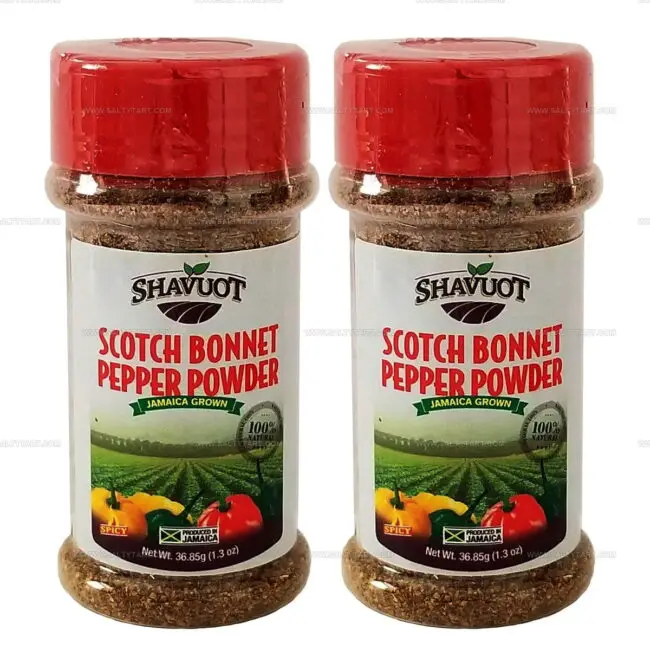
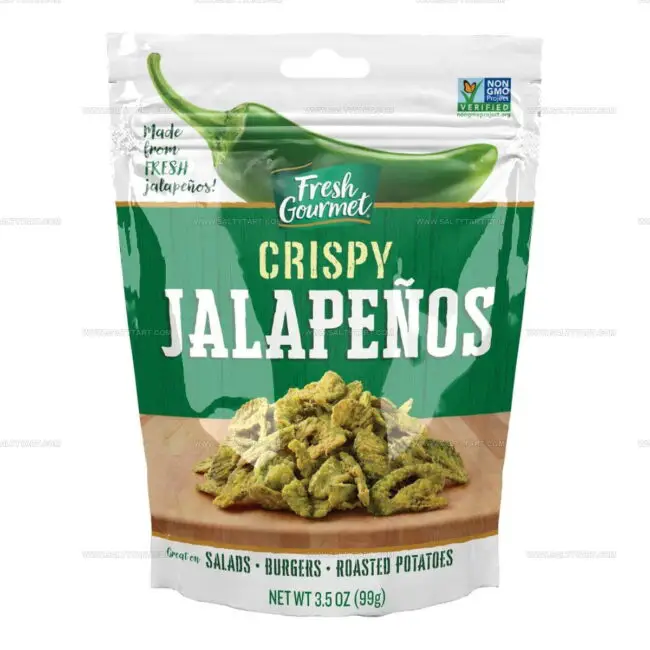
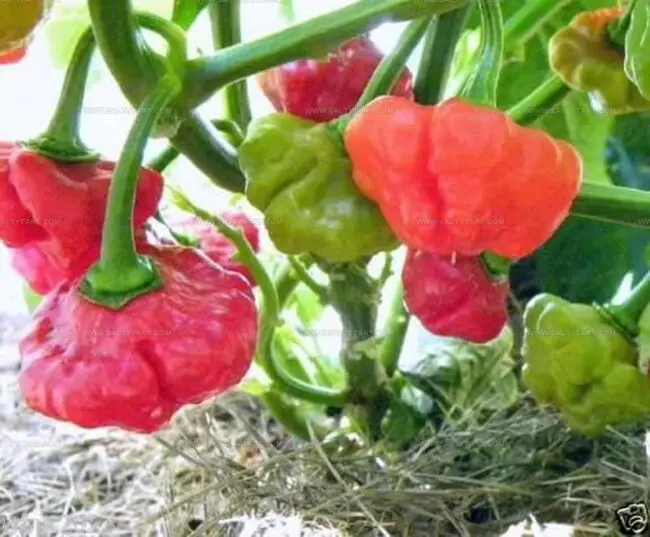

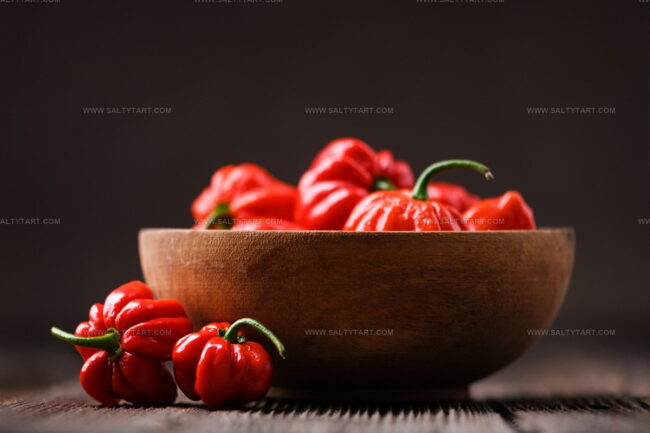

Mike Reynolds
Founder & Recipe Developer
Expertise
Farm-to-table cuisine, Seasonal recipe development, Sustainable cooking techniques, Food photography
Education
Asheville-Buncombe Technical Community College (A-B Tech)
Associate Degree in Culinary Arts
Mike studied culinary arts with a strong focus on farm-to-table principles and sustainable cooking. His training emphasized the importance of fresh, local ingredients and environmentally responsible practices in the kitchen.
Mike’s food journey began deep in the Blue Ridge Mountains, where weekends at farmers’ markets and home-cooked meals sparked a lifelong obsession with simple, seasonal eating.
After earning his Associate Degree in Culinary Arts from Asheville-Buncombe Technical Community College, he set out to bring farm-to-table cooking into everyday kitchens, without the fuss.
Mike’s philosophy is all about keeping it fresh, unfussy, and full of heart. When he’s not crafting new single-serving recipes, he’s hiking mountain trails, chatting with local farmers, or experimenting with wild ingredients in his backyard kitchen.